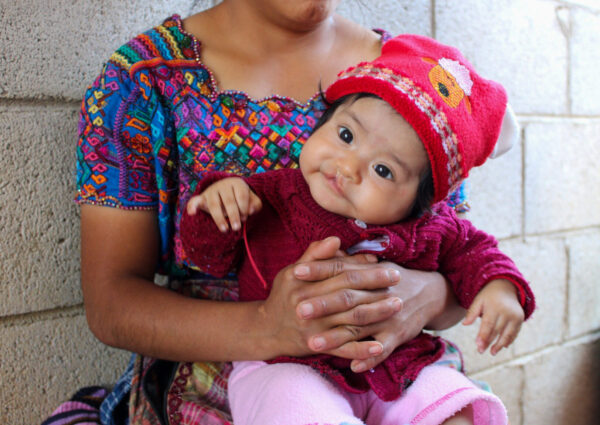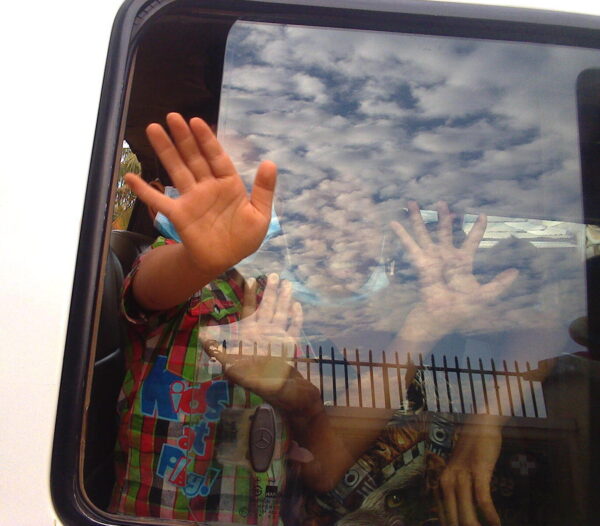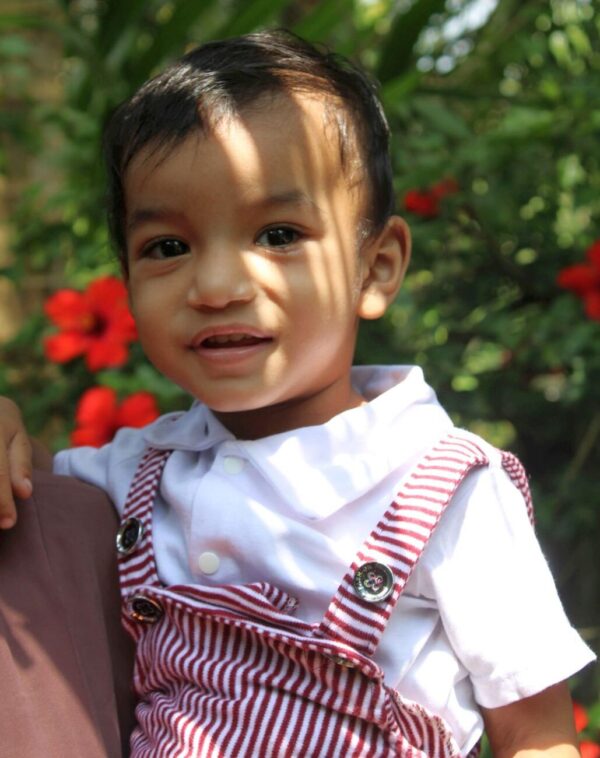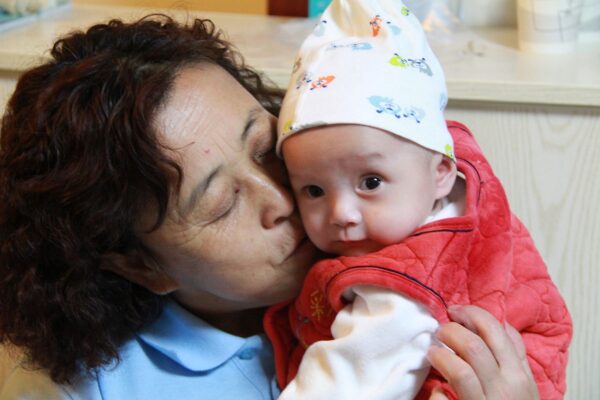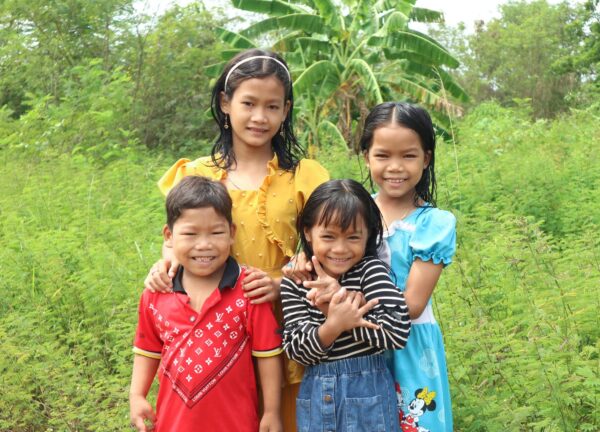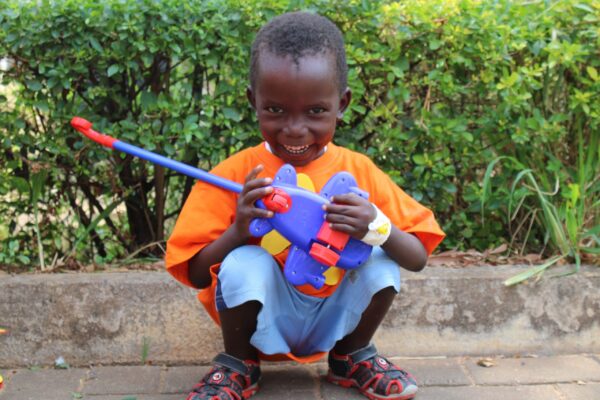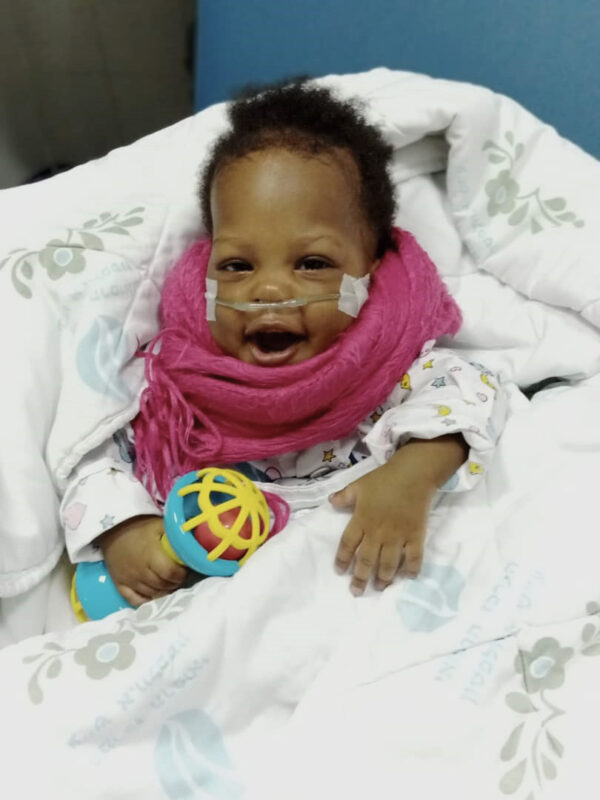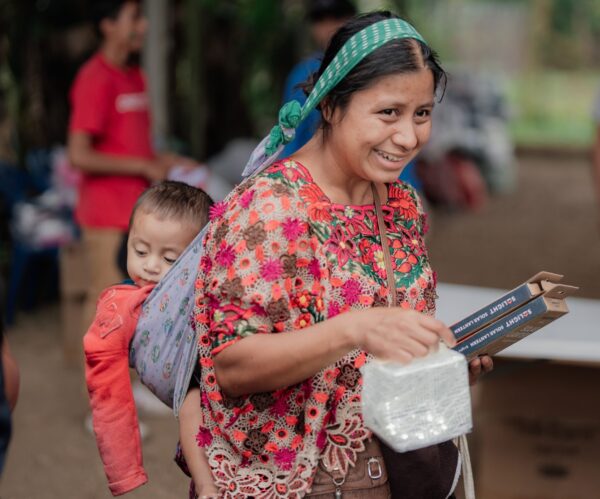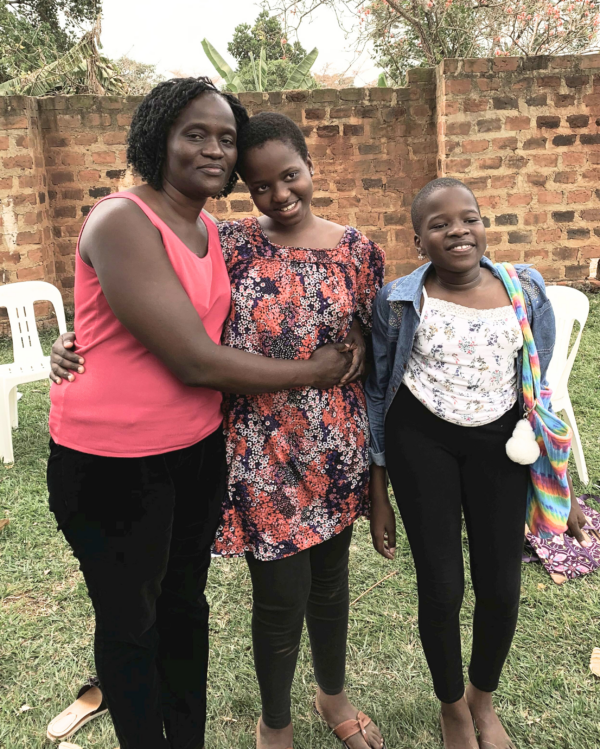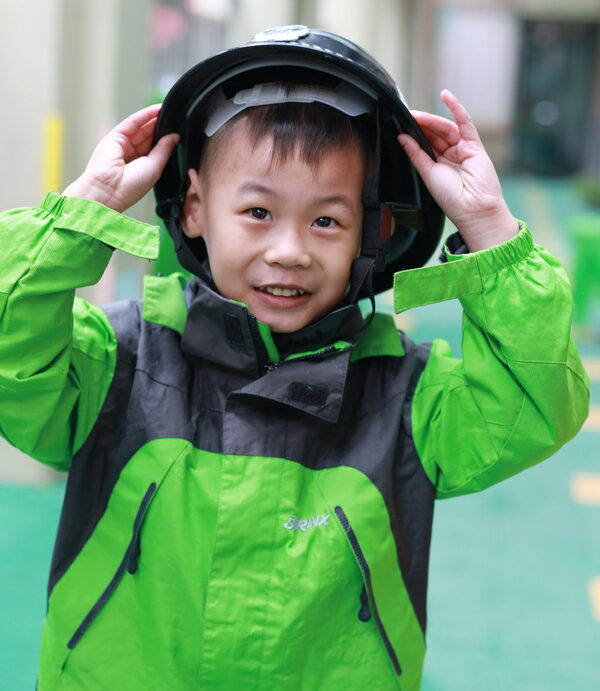LWB’s 2024 Guatemala Cleft Surgery Trip
At LWB, we have a deep commitment to helping some of the world’s most vulnerable children who have been born with cleft lip and palate. Cleft lip and palate cause many serious challenges such as difficulty feeding, poor growth and overall development, dental issues, frequent ear infections, hearing loss, and speech issues. Since 2004, we […]
Read MoreChild Trafficking in Asia
Human trafficking, as you can well imagine, is an incredibly complex topic that sadly includes children from countries all over the world. It’s hard to find a single definition of child trafficking, but UNICEF describes it in this way: Child victims of trafficking are recruited, transported, transferred, harbored, or received for the purpose of exploitation. […]
Read MoreBentely’s Story of Hope
When Baby Bentely was born in India in 2021, his parents were told right away that he had a very serious heart defect that needed immediate surgery. Their tiny newborn was placed on a ventilator and referred to the cardiac specialists at Amrita Hospital. It was his one chance for healing. While Bentely’s mother recovered […]
Read MoreFarewell to a Legacy of Love: LWB’s China Healing Home
Problems and solutions. So much of what we at LWB have done over the years has come about as a result of identifying a problem and finding a solution. This is exactly how our China Healing Homes program came to be 18 years ago, when our foundation was just a few years old. The Story […]
Read MoreSecond Chances: Foster Care and Reunification in Cambodia
In December of 2020, we learned of a large sibling group in a poor, rural region of Cambodia in need of a second chance. The mother had left the children completely on their own in order to go searching for work. When our team came across them during an emergency food distribution during the pandemic, […]
Read More213 Children Healed in Uganda: Our Latest Pediatric Hernia Mission
Last week, a team of 26 physicians, nurses, anesthesiologists, and other medical staff came together at Nebbi General Hospital in northern Uganda for our February 2024 Pediatric Hernia Mission — and it was an amazing week of hope and healing. Just imagine — 213 surgeries in five days! Tonight, so many children will sleep pain-free […]
Read MoreCardiac Surgery Story of Hope: Celine
In 2019, a woman named Resty wrote to LWB’s Medical Care program, pleading for help for her only child, Celine. Celine had been born with a serious cardiac defect called tetralogy of Fallot (TOF), which is a combination of four different defects which typically need to be corrected during the first year of life. When […]
Read More2,000 Solar Lights Delivered in Guatemala
Can you imagine a life in which each evening, as the sun goes down, you and your family are plunged into total darkness? This is the reality for 775 million impoverished people around the world who live without power, including families living in the municipality of Poptún, Petén in Guatemala. In December of 2023, LWB […]
Read MoreScoliosis Surgery Success Times 2: Treasure and Michaela
In 2019, LWB learned of a lovely eleven-year-old Ugandan girl named Treasure who had a severe case of scoliosis (a curvature of the spine) that was making her life very difficult. Treasure’s scoliosis was so severe that her ribcage was pushed against her heart and lungs which caused breathing and circulation issues. Doctors in Uganda […]
Read MoreNew Healing Home Education Program in China
In 2023, we were able to make the gift of education a vital new part of our Healing Home program in China. This gift allows some of our older healing home residents the chance to grow their minds while receiving the nurturing care and medical attention that their little bodies need. Ten school-aged children participating […]
Read MoreSearch
Categories
- Adoption
- Cambodia Programs
- China Programs
- Education
- Foster & Family Care
- Guatemala Programs
- Medical Care
- Nutrition
- Special Projects
Tags
20 Years of Hope adoption Amrita Hospital Beijing Believe In Me Believe In Me School Cambodia cardiac surgery charity children's charity China China Healing Home cleft cleft lip cleft mission cleft palate cleft surgery College scholarship COVID domestic adoption Early Childhood Development Center Education Foster Care Guatemala healing home Heartbridge heart defect heart surgery Hope Foster Home India international adoption landfill Love Without Boundaries malnutrition Nutrition orphan orphanage poverty Rangsei sponsor a child Story of Hope Uganda Uganda Heart Institute Unity Initiative VSD

